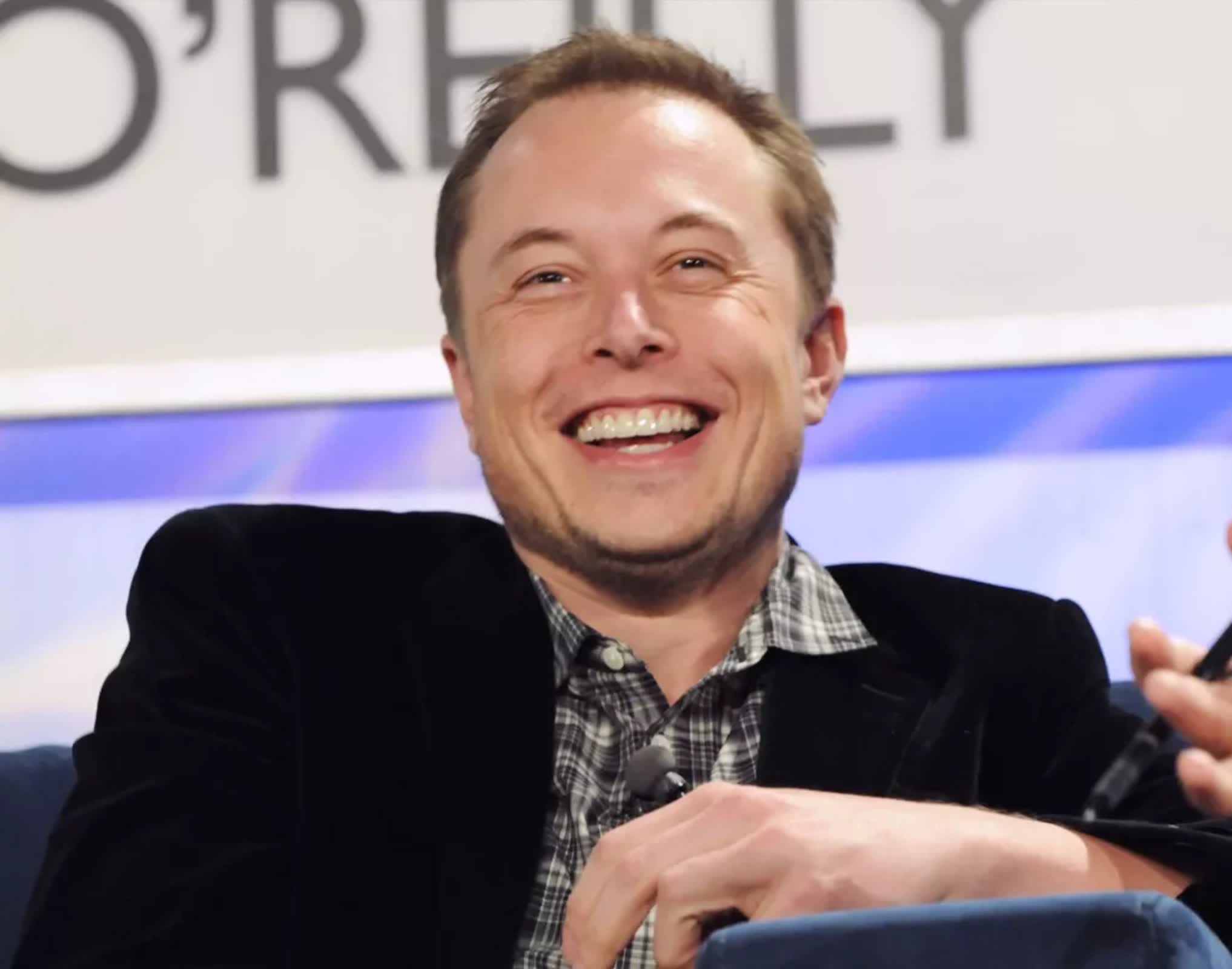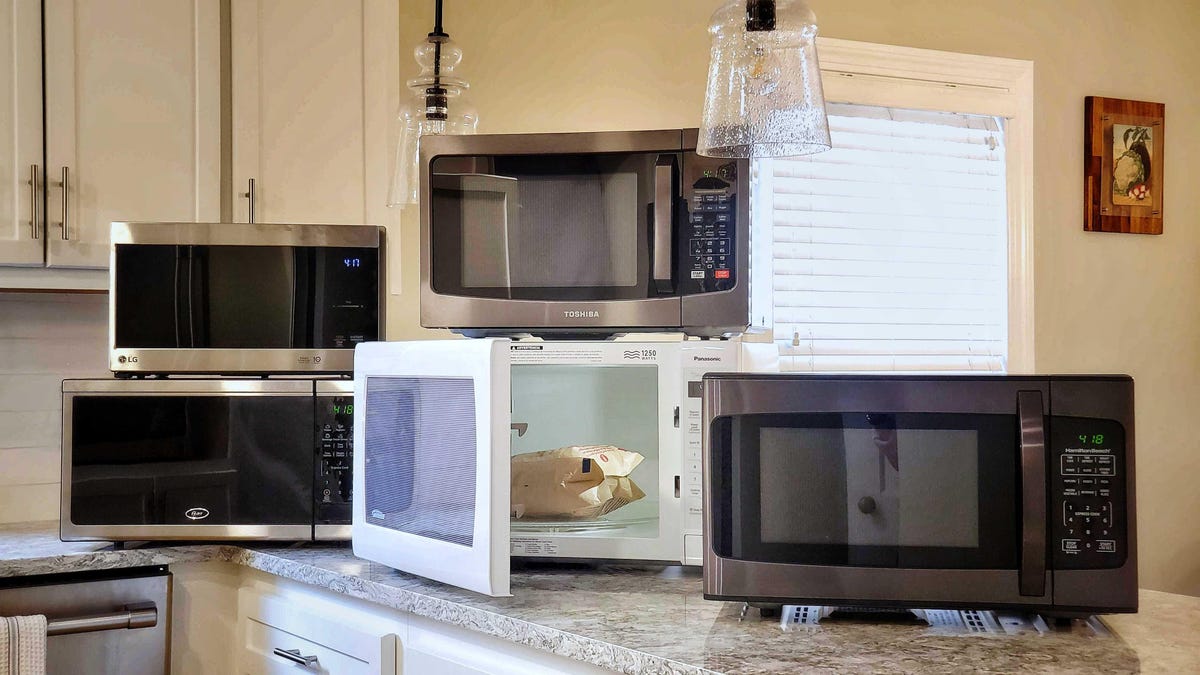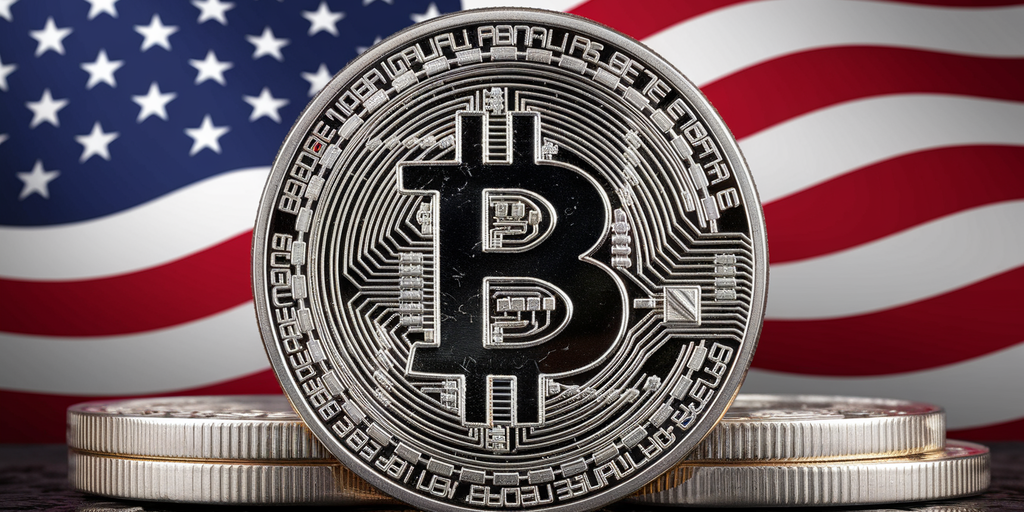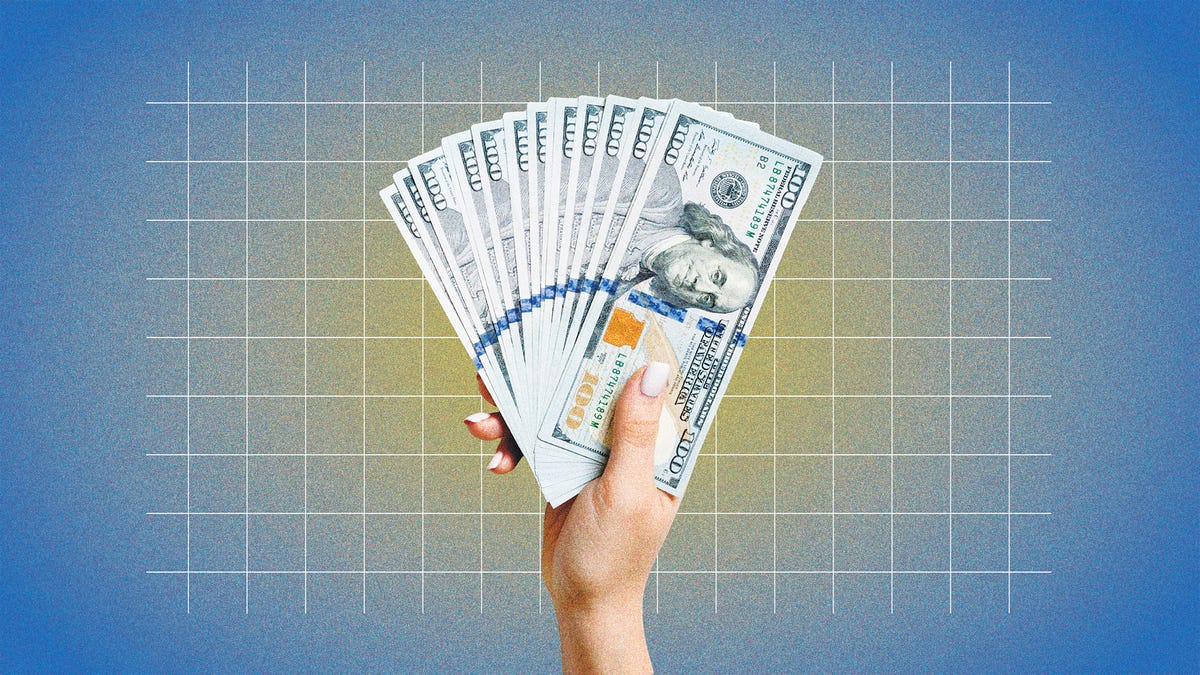Serving tech enthusiasts for over 25 years.
TechSpot means tech analysis and advice you can trust.
Why it matters: Tesla's journey towards full self-driving capabilities continues, but the road ahead may be longer and more complex than initially anticipated. Issues with older vehicles and the continuous hardware upgrading required complicate Tesla's FSD roadmap.
During a conference call following Tesla's Q3 2024 financial results, CEO Elon Musk acknowledged that the company's older self-driving hardware may not achieve full autonomy. The admission comes after years of promises that all Tesla vehicles would soon be able to drive themselves.
We are not 100 percent sure. HW4[Tesla's latest iteration of self-driving computer hardware for its vehicles introduced last year] has several times the capability of HW3. It's easier to get things to work on HW4 and it takes a lot of efforts to squeeze that into HW3. There is some chance that HW3 does not achieve the safety level that allows for unsupervised FSD [Full Self Driving]
Some owners may see this statement as a slap in the face. For five years, Musk has consistently claimed that full self-driving was just around the corner for existing Tesla vehicles. Musk has floated the idea of free upgrades to owners who purchased the Full Self-Driving package with HW3-equipped vehicles to stem potential outrage. It is unclear how much this will cost the company.
However, implementing these upgrades may not be as straightforward as it sounds. The HW4 system uses different power and camera harnesses, and the computer has a different form factor. Retrofitting existing vehicles with HW4 could be complex and costly.

Additionally, while Musk describes the cameras in HW3 vehicles as "capable," the HW4 cameras offer significantly higher resolution and improved low-light performance. It's unclear whether these camera upgrades would also be necessary to achieve full self-driving capabilities. Tesla's cars are already under an NHTSA investigation over a fatal crash involving low visibility.
Even if Tesla manages to overcome these technical hurdles, questions remain about the viability of full self-driving technology. Musk admitted that he is unsure whether HW3 can eventually achieve FSD functionality. Although he remains confident that HW4 can attain FSD capability, the future is uncertain due to issues that extend beyond the system's advancement.
The computational demands of FSD systems are immense. Tesla has had to upgrade hardware to meet the software's requirements continuously. Couple that with the fact that the vehicles must achieve a safety level that satisfies regulators and the public. Tesla has faced numerous investigations and recalls relating to its Autopilot and FSD systems.
Many experts have doubts about FSD as well. William Stein, a technology analyst at Truist Securities, recently test-drove a Tesla equipped with an FSD system. Each time Stein was in the car, he reported it made unsafe or illegal maneuvers. Once, the vehicle turned left from a through lane while running a red light.
Approximately 500,000 Tesla owners have activated the FSD feature on their vehicles for use on public roads, or just over 20 percent of all Teslas currently in operation. Tesla has been clear that, despite its name, the FSD system does not make vehicles fully autonomous. The company emphasizes that drivers must remain alert and prepared to take control at any moment. To enforce this, Tesla has implemented a monitoring system that tracks driver behavior and can revoke access to FSD if users fail to maintain adequate supervision.





:quality(85):upscale()/2024/10/31/831/n/49351773/b7bf33836723d2f0643c55.51137847_.jpg)



 English (US) ·
English (US) ·